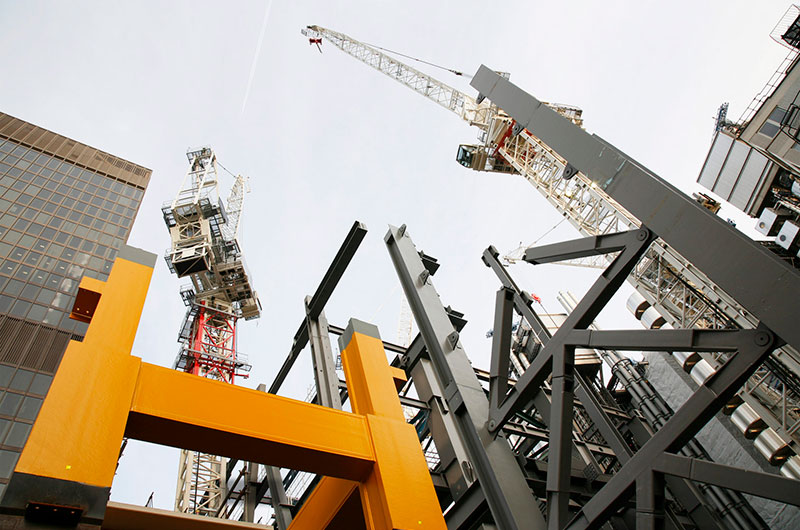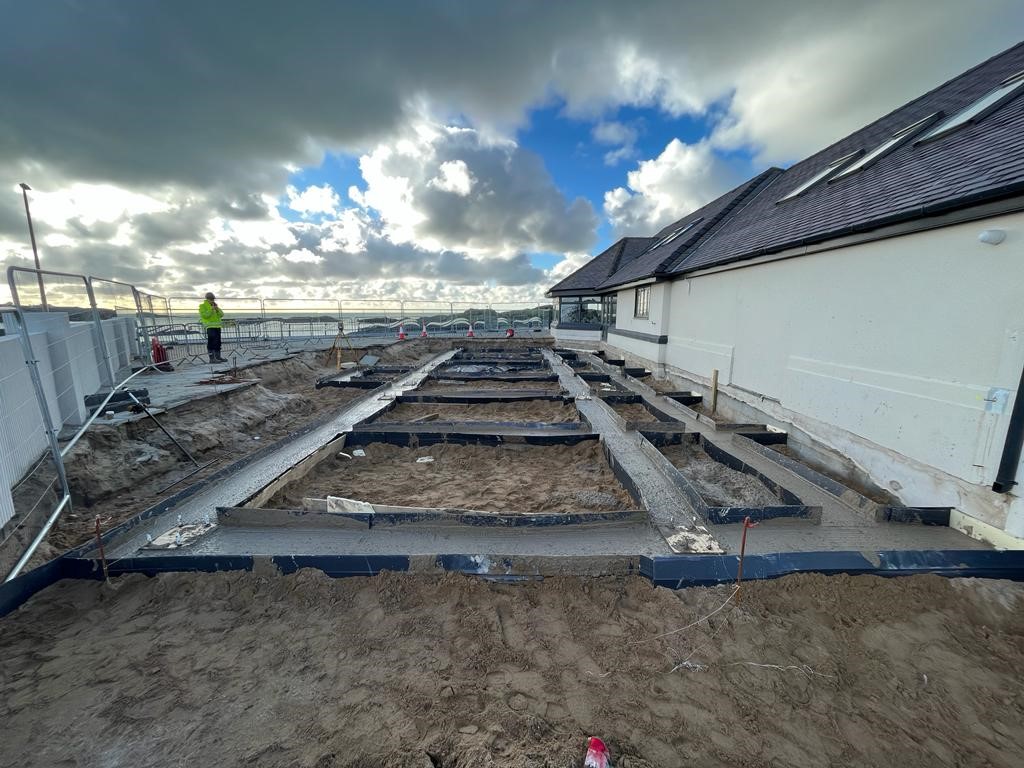Mini Piling vs. Traditional Piling: Which is Right for Your Project?
When it comes to foundation support in construction, two methods have gained prominence: mini piling and traditional piling. These techniques serve the crucial purpose of strengthening foundations, but they have different approaches and applications. In this article, we’ll explore the differences between mini piling and traditional piling, helping you determine which is the right choice for your project.
What is Mini Piling?
Mini piling, as the name suggests, involves the use of smaller equipment and piles with diameters typically ranging from 100mm to 300mm. It’s a versatile and efficient method, making it suitable for a wide range of applications. Mini piling is often employed in situations where space is limited or where minimal disruption to the site is desired.
Traditional Piling
On the other hand, traditional piling employs larger piles with diameters exceeding 300mm. These piles are installed using heavy machinery, which might require more space and cause more site disruption. Traditional piling is the go-to method for larger-scale projects where load-bearing capacity is of paramount importance.
Key Differences
Now, let’s delve into the specific differences between mini piling and traditional piling:
1. Size and Space Requirements
Mini Piling: Mini piling requires less space and can be used in constrained areas. This makes it ideal for urban construction where space is limited.
Traditional Piling: Traditional piling equipment and piles are larger, necessitating more space for operation. It’s the method of choice for large-scale, open sites.
2. Installation Speed
Mini Piling: Mini piling is generally quicker to install due to the smaller piles and equipment. This can result in reduced construction time.
Traditional Piling: Traditional piling may take longer to install, especially in cases where deeper or larger piles are needed.
3. Cost Considerations
Mini Piling: Mini piling can be more cost-effective, especially for smaller projects. The reduced equipment and labour costs make it a viable option.
Traditional Piling: Traditional piling may be more expensive due to the use of larger equipment and the additional labour required.
4. Load-Bearing Capacity
Mini Piling: Mini piling is suitable for lighter to moderate loads. It’s perfect for residential and small commercial projects.
Traditional Piling: Traditional piling offers high load-bearing capacity, making it ideal for heavy industrial and large-scale commercial constructions.
Choosing the Right Method
Selecting between mini piling and traditional piling depends on your project’s specific requirements. Consider the following factors:
- Project Size: For smaller projects with space constraints, mini piling is an excellent choice. Traditional piling is best suited for large-scale projects.
- Budget: Mini piling often offers cost savings, making it the preferred option for projects with limited budgets.
- Load Requirements: Assess the load-bearing needs of your structure. Traditional piling is essential for structures requiring heavy load support.
- Site Conditions: The soil type, access to the site, and existing structures can influence your choice.
- Construction Timeline: If time is of the essence, mini piling’s faster installation might be the deciding factor.
In conclusion, the choice between mini piling and traditional piling hinges on your project’s unique demands. Both methods have their advantages, and a thorough assessment of your specific needs will lead you to the right solution. For expert guidance on foundation support, consult with reputable piling contractors who can tailor their services to match your project’s requirements.
By understanding the differences between mini piling and traditional piling, you’re now equipped to make an informed decision for your construction project.
For more information or professional piling services, get in touch with Elite Piling & Foundations, experts in all aspects of piling for a wide range of construction needs.


Add Comment